DISCUSSIONS ON CONCEPT OF ‘RAINY SEASON’
입력 2022.10.21 (15:01)
수정 2022.10.21 (16:45)
읽어주기 기능은 크롬기반의
브라우저에서만 사용하실 수 있습니다.
[Anchor Lead]
The government has begun discussions of introducing the concept of "rainy season" instead of "monsoon season" for the nation's climate, as the typical characteristics of monsoon rains are gradually disappearing. The introduction of "rainy season" would mean a change in the nation's disaster response as well.
[Pkg]
Back in early August, when the summer monsoon season was already over, the downtown Seoul area was hit by record rainfall not seen in over 115 years. With hourly precipitation of 141.5 mm, the downpour caused closures of roads and subway stations. That's more rain than during the monsoon season. What's more, it was not the start of the so-called "fall monsoon season," which usually begins in early September. The typical characteristics of the summer and fall monsoon seasons are gradually changing, and the characteristics of a rainy season, when it rains frequently during three months starting in late June, are becoming more distinct.
[Soundbite] Prof. Seo Kyong-hwan(Pusan Nat’l Univ.) : "The monsoon season has consisted of two peaks, but nowadays it consists of four, five or more peaks."
Torrential rains with hourly precipitation of over 30mm are now 20 percent more frequent in the nation, pointing to a change in the monsoon pattern.
[Soundbite] Chang Eun-chul(Changma Research Center, Kongju Nat’l Univ.) : "The increase in torrential rains occurring in short periods of time is becoming more significant statistically. It’s the most notable characteristic of the changing monsoon season."
With the monsoon period and its characteristics becoming more difficult to predict these days, adjusting disaster response, such as deploying prevention personnel and equipment, is also inevitable.
[Soundbite] Prof. Son Seok-woo(Seoul Nat’l Univ.) : "Rather than defining a monsoon season as rains falling from late June to mid-July, the entire summer season should be defined as rainy and the relevant issues should be addressed as such."
The Korea Meteorological Administration has begun discussions with academics on introducing "Korean rainy season" to prepare for changes.
The government has begun discussions of introducing the concept of "rainy season" instead of "monsoon season" for the nation's climate, as the typical characteristics of monsoon rains are gradually disappearing. The introduction of "rainy season" would mean a change in the nation's disaster response as well.
[Pkg]
Back in early August, when the summer monsoon season was already over, the downtown Seoul area was hit by record rainfall not seen in over 115 years. With hourly precipitation of 141.5 mm, the downpour caused closures of roads and subway stations. That's more rain than during the monsoon season. What's more, it was not the start of the so-called "fall monsoon season," which usually begins in early September. The typical characteristics of the summer and fall monsoon seasons are gradually changing, and the characteristics of a rainy season, when it rains frequently during three months starting in late June, are becoming more distinct.
[Soundbite] Prof. Seo Kyong-hwan(Pusan Nat’l Univ.) : "The monsoon season has consisted of two peaks, but nowadays it consists of four, five or more peaks."
Torrential rains with hourly precipitation of over 30mm are now 20 percent more frequent in the nation, pointing to a change in the monsoon pattern.
[Soundbite] Chang Eun-chul(Changma Research Center, Kongju Nat’l Univ.) : "The increase in torrential rains occurring in short periods of time is becoming more significant statistically. It’s the most notable characteristic of the changing monsoon season."
With the monsoon period and its characteristics becoming more difficult to predict these days, adjusting disaster response, such as deploying prevention personnel and equipment, is also inevitable.
[Soundbite] Prof. Son Seok-woo(Seoul Nat’l Univ.) : "Rather than defining a monsoon season as rains falling from late June to mid-July, the entire summer season should be defined as rainy and the relevant issues should be addressed as such."
The Korea Meteorological Administration has begun discussions with academics on introducing "Korean rainy season" to prepare for changes.
■ 제보하기
▷ 카카오톡 : 'KBS제보' 검색, 채널 추가
▷ 전화 : 02-781-1234, 4444
▷ 이메일 : kbs1234@kbs.co.kr
▷ 유튜브, 네이버, 카카오에서도 KBS뉴스를 구독해주세요!
- DISCUSSIONS ON CONCEPT OF ‘RAINY SEASON’
-
- 입력 2022-10-21 15:01:02
- 수정2022-10-21 16:45:03
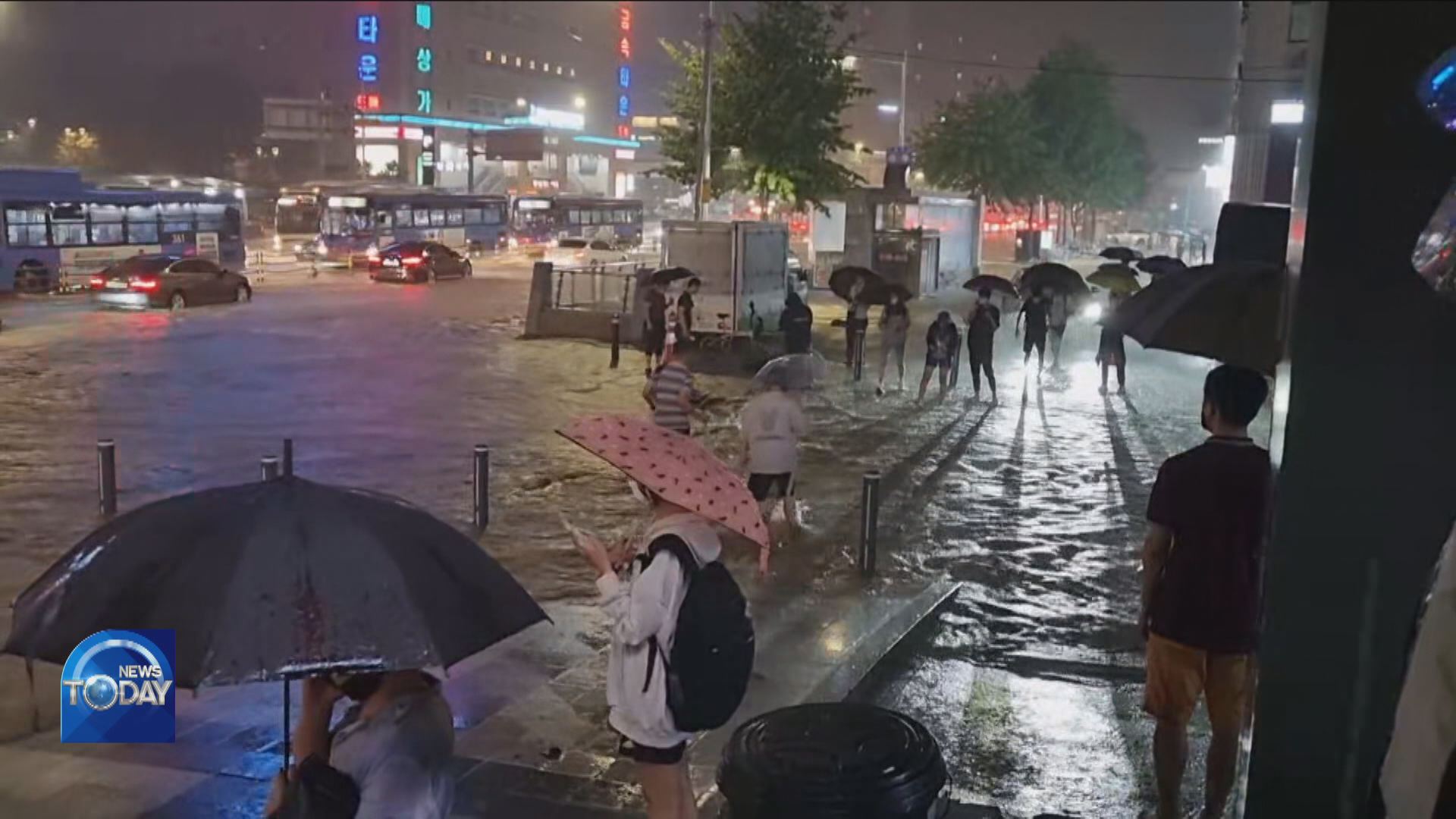
[Anchor Lead]
The government has begun discussions of introducing the concept of "rainy season" instead of "monsoon season" for the nation's climate, as the typical characteristics of monsoon rains are gradually disappearing. The introduction of "rainy season" would mean a change in the nation's disaster response as well.
[Pkg]
Back in early August, when the summer monsoon season was already over, the downtown Seoul area was hit by record rainfall not seen in over 115 years. With hourly precipitation of 141.5 mm, the downpour caused closures of roads and subway stations. That's more rain than during the monsoon season. What's more, it was not the start of the so-called "fall monsoon season," which usually begins in early September. The typical characteristics of the summer and fall monsoon seasons are gradually changing, and the characteristics of a rainy season, when it rains frequently during three months starting in late June, are becoming more distinct.
[Soundbite] Prof. Seo Kyong-hwan(Pusan Nat’l Univ.) : "The monsoon season has consisted of two peaks, but nowadays it consists of four, five or more peaks."
Torrential rains with hourly precipitation of over 30mm are now 20 percent more frequent in the nation, pointing to a change in the monsoon pattern.
[Soundbite] Chang Eun-chul(Changma Research Center, Kongju Nat’l Univ.) : "The increase in torrential rains occurring in short periods of time is becoming more significant statistically. It’s the most notable characteristic of the changing monsoon season."
With the monsoon period and its characteristics becoming more difficult to predict these days, adjusting disaster response, such as deploying prevention personnel and equipment, is also inevitable.
[Soundbite] Prof. Son Seok-woo(Seoul Nat’l Univ.) : "Rather than defining a monsoon season as rains falling from late June to mid-July, the entire summer season should be defined as rainy and the relevant issues should be addressed as such."
The Korea Meteorological Administration has begun discussions with academics on introducing "Korean rainy season" to prepare for changes.
The government has begun discussions of introducing the concept of "rainy season" instead of "monsoon season" for the nation's climate, as the typical characteristics of monsoon rains are gradually disappearing. The introduction of "rainy season" would mean a change in the nation's disaster response as well.
[Pkg]
Back in early August, when the summer monsoon season was already over, the downtown Seoul area was hit by record rainfall not seen in over 115 years. With hourly precipitation of 141.5 mm, the downpour caused closures of roads and subway stations. That's more rain than during the monsoon season. What's more, it was not the start of the so-called "fall monsoon season," which usually begins in early September. The typical characteristics of the summer and fall monsoon seasons are gradually changing, and the characteristics of a rainy season, when it rains frequently during three months starting in late June, are becoming more distinct.
[Soundbite] Prof. Seo Kyong-hwan(Pusan Nat’l Univ.) : "The monsoon season has consisted of two peaks, but nowadays it consists of four, five or more peaks."
Torrential rains with hourly precipitation of over 30mm are now 20 percent more frequent in the nation, pointing to a change in the monsoon pattern.
[Soundbite] Chang Eun-chul(Changma Research Center, Kongju Nat’l Univ.) : "The increase in torrential rains occurring in short periods of time is becoming more significant statistically. It’s the most notable characteristic of the changing monsoon season."
With the monsoon period and its characteristics becoming more difficult to predict these days, adjusting disaster response, such as deploying prevention personnel and equipment, is also inevitable.
[Soundbite] Prof. Son Seok-woo(Seoul Nat’l Univ.) : "Rather than defining a monsoon season as rains falling from late June to mid-July, the entire summer season should be defined as rainy and the relevant issues should be addressed as such."
The Korea Meteorological Administration has begun discussions with academics on introducing "Korean rainy season" to prepare for changes.
이 기사가 좋으셨다면
-
좋아요
0
-
응원해요
0
-
후속 원해요
0










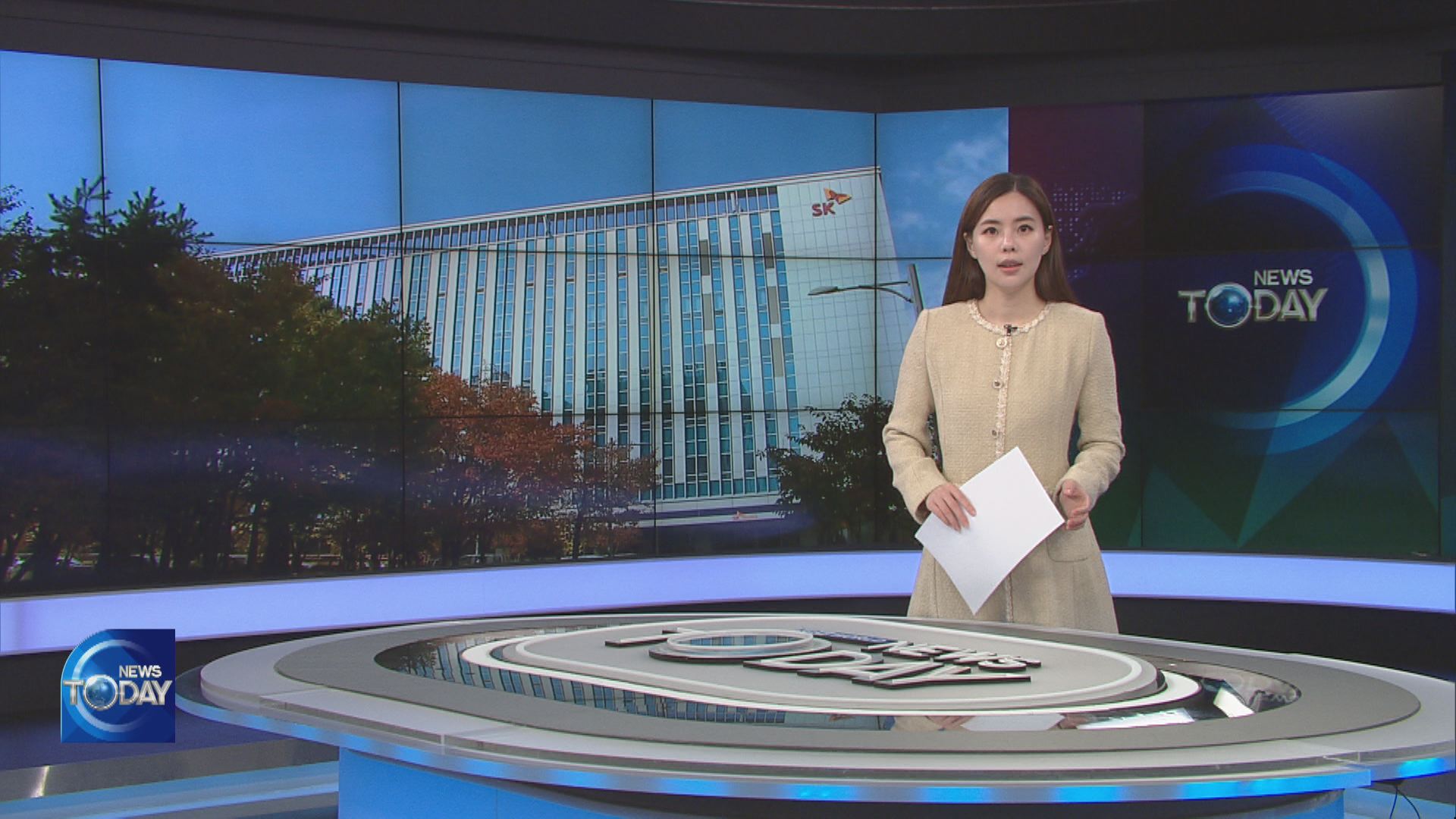
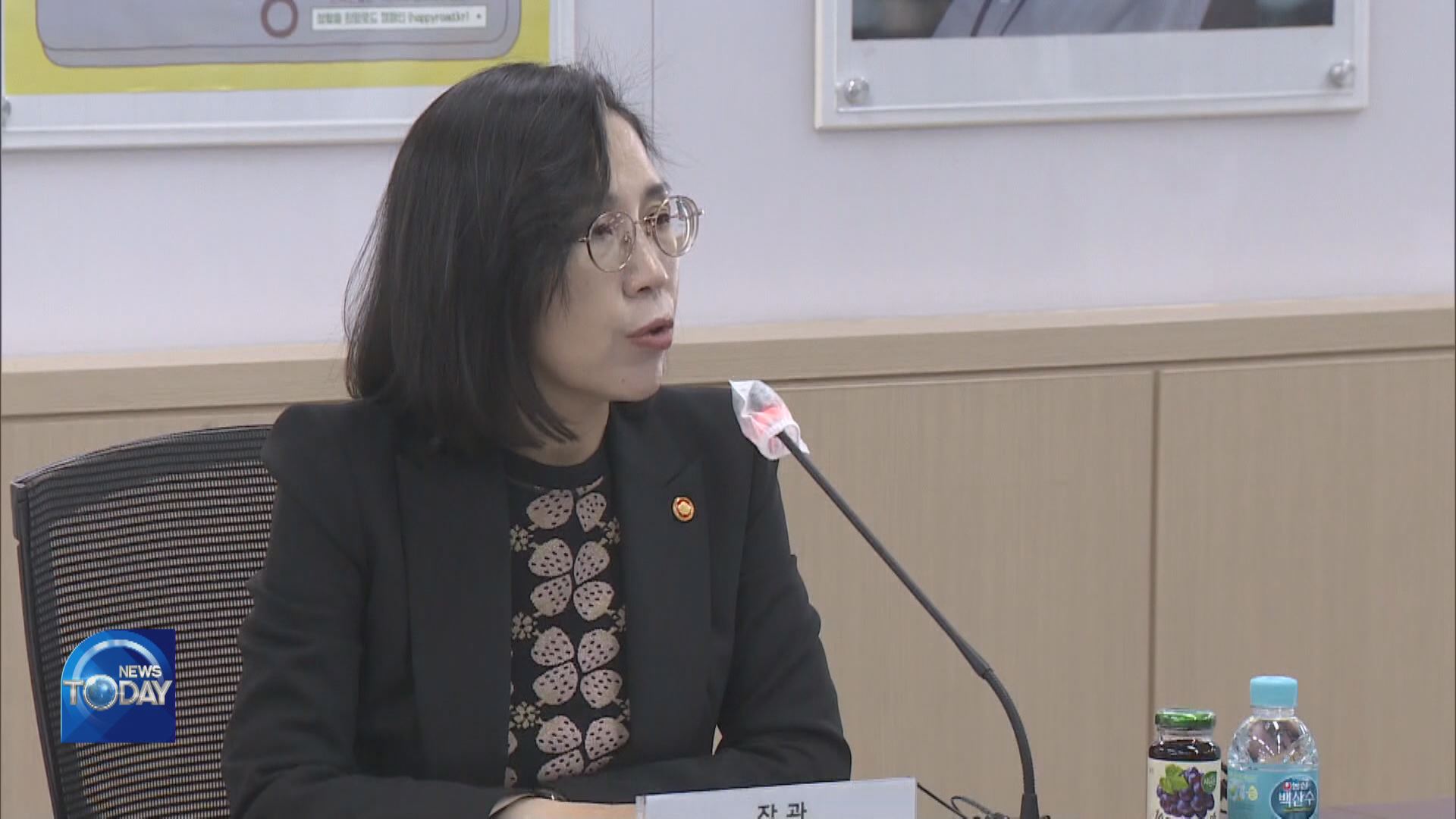
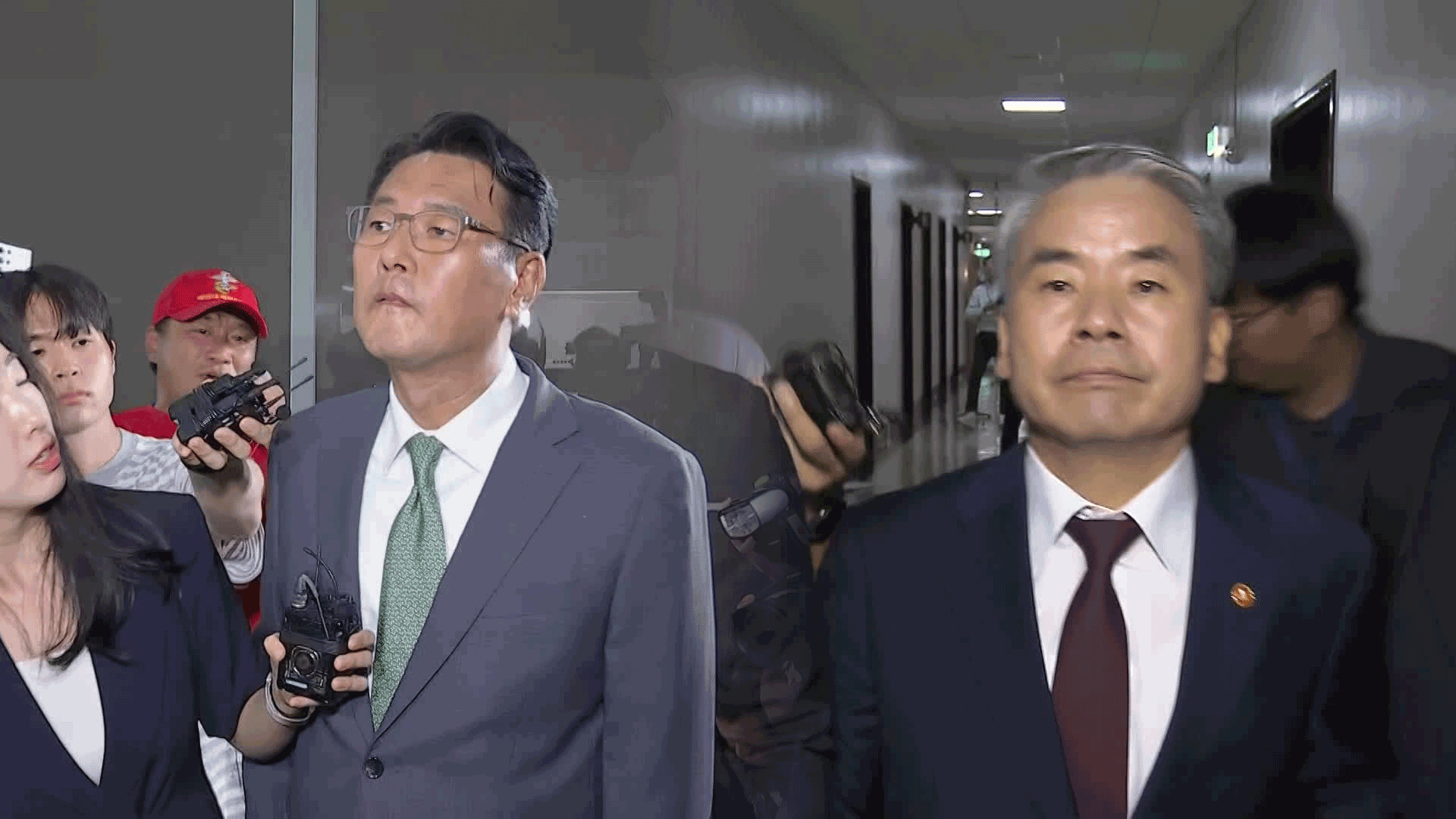


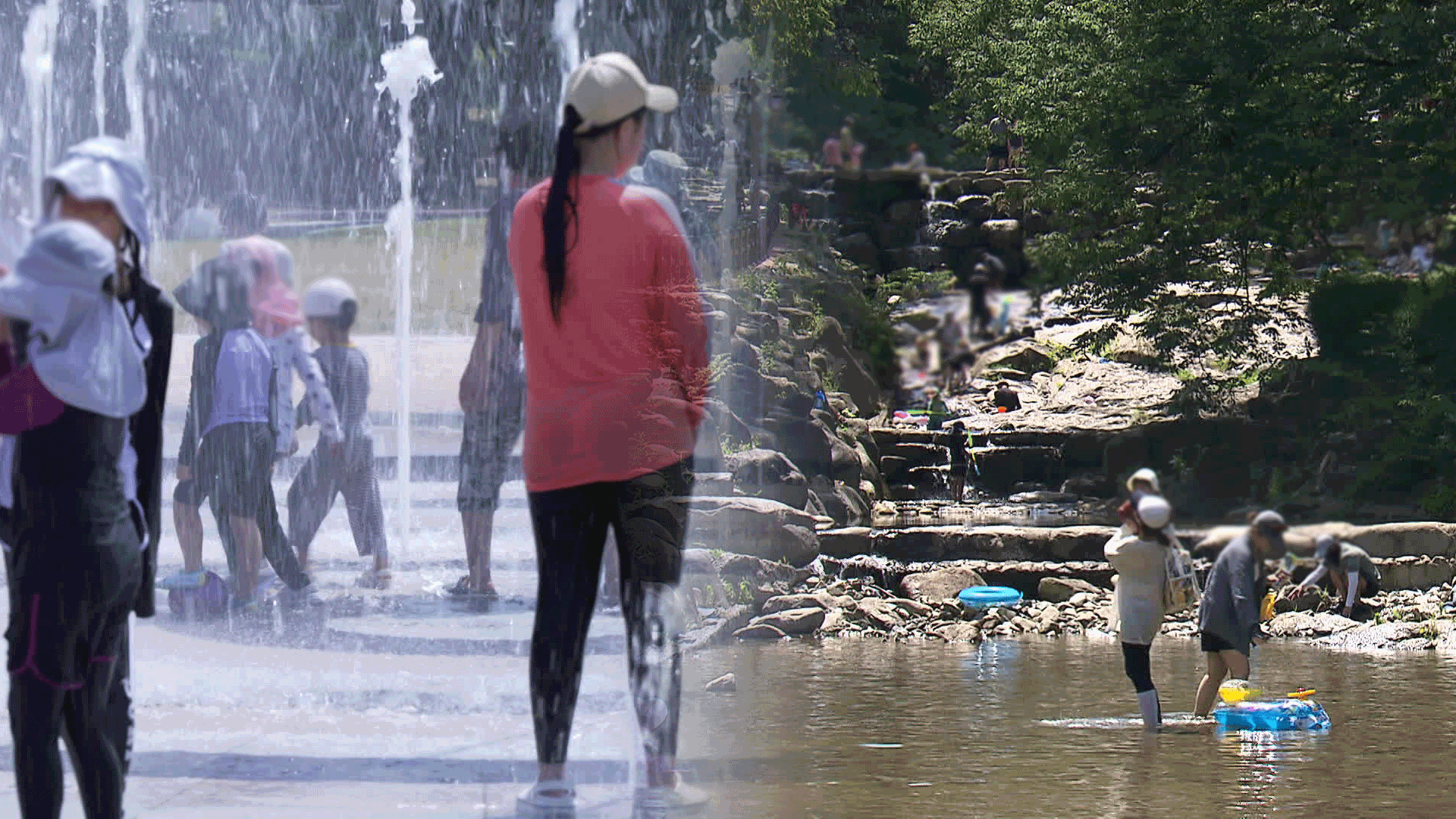

이 기사에 대한 의견을 남겨주세요.